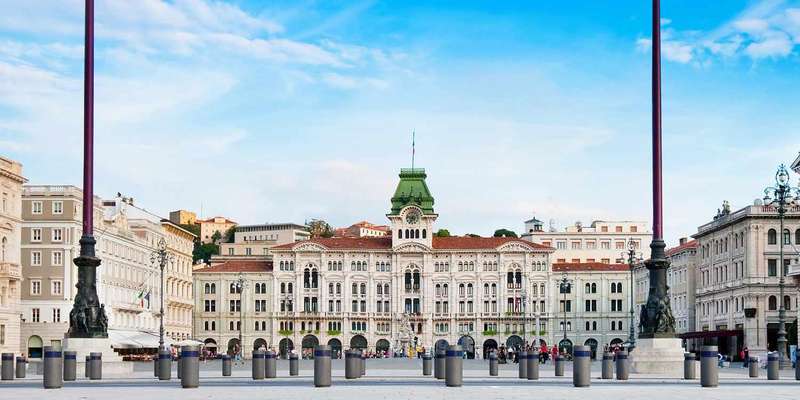- Home
- Useful Tips
- Combining a visit to Trieste...
Many travelers visiting Trieste dream of seeing Slovenia's legendary Lipizzaner horses but face logistical headaches. With only 45% of cross-border day-trippers properly planning transport connections, visitors often waste precious hours navigating confusing timetables or missing rare performance schedules. The stress of coordinating between countries—Italy's coastal gem and Slovenia's equestrian heritage site just 30km apart—leads to rushed visits or abandoned plans. Worse, without insider knowledge of the Lipica Stud Farm's training sessions, you might arrive during inactive periods, seeing only empty stables. This gap between expectation and reality disappoints animal lovers and culture seekers alike, especially those with limited vacation days to spare.


Crossing the border without the hassle
The Slovenia-Italy border near Trieste is deceptively simple to cross but requires timing awareness. While no passport checks exist for EU citizens, summer weekends see 90-minute delays at the Fernetti crossing. Locals always use the less-known Rabuiese border post before 9 AM, cutting transit time to Lipica to just 40 minutes. Public transport exists but involves three connections—the 40 bus to Sežana followed by a taxi is your most reliable option. For those driving, note Slovenia's vignette system; purchase the 7-day toll sticker at Trieste's Automobile Club office to avoid fines. Keep euros handy as some rural gas stations near Lipica don't accept cards, and remember that Italian rental cars often prohibit cross-border travel without prior authorization.
Timing your visit for the best Lipizzaner experience
The Lipica Stud Farm operates year-round, but the magic happens during morning training sessions (8-10 AM) when you'll see stallions perfecting their haute école movements. Unlike the crowded afternoon shows, these practice sessions offer intimate glimpses of trainers working with individual horses. Tuesdays and Thursdays are particularly rewarding as the mares' training includes playful liberty work. Come winter, the indoor arena guarantees shows despite weather, while spring brings foals learning basic dressage—a delight for families. Budget-conscious travelers should visit in January or February; though colder, you'll witness spectacular snow performances with 50% fewer crowds. Always check the lunar calendar too; local handlers confirm the horses show extra energy during waning moon phases.
Combining Lipica with hidden coastal gems
After morning with the horses, savvy travelers extend the day by exploring Slovenia's Karst region before returning to Trieste. The Škocjan Caves, a UNESCO site 15 minutes from Lipica, offer breathtaking underground canyons far less touristy than Postojna. For wine lovers, the Movia winery in nearby Goriska Brda serves world-class rebula whites in a hilltop setting. Back towards Trieste, stop at Miramare Castle's lesser-known coastal path—the Sentiero Rilke—for sunset views over the Adriatic. These strategic stops transform a simple horse visit into a rich cross-border experience while avoiding backtracking. Pack comfortable shoes; the Karst terrain involves uneven limestone paths unsuitable for flip-flops.
Local-approved dining along the route
Fuel your cross-border adventure with authentic flavors at family-run establishments. In Lipica itself, the Gostilna Škafar serves phenomenal Istrian-style stews in a 300-year-old farmhouse—their 'jota' bean soup revives weary travelers. Near the border, Trattoria da Marino in San Dorligo della Valle offers the world's best prosciutto tasting paired with local Terrano wine. For a quick bite, the petrol station at Sežana exit surprisingly makes fresh burek pastries daily. Budget tip: Slovenian restaurants are 30% cheaper than Trieste's tourist areas, making lunch here a smart choice. Remember meal timing differences; kitchens close 2-4 PM in Slovenia while Italian spots near Trieste serve continuously. Carry small cash for rural eateries; many don't accept cards under €10.



